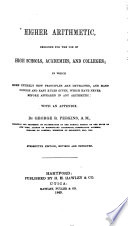 | George Roberts Perkins - Arithmetic - 1849 - 356 pages
...the common difference ? Ans. % Case XV. Given the first term, the last term, and the sum of all the terms, to find the common difference. RULE. Divide the difference of the squares of the last and first term by twice the sum of all the terms, diminished by the sum of the... | |
 | James Bates Thomson - Arithmetic - 1849 - 438 pages
...12 hours? 604. To find the common difference, when the extremes and the number of terms are given. Divide the difference of the extremes by the number of terms less 1, and the quotient will be the common difference required. OBS. The truth of this rule is manifest... | |
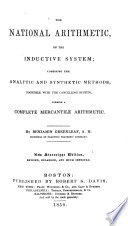 | Benjamin Greenleaf - Arithmetic - 1850 - 368 pages
...the number of common differences, the quotient will be the common difference. Thus 16 -5- 8 = 2 is the common difference. RULE. — Divide the difference of the extremes by the number of terms less one, and the quotient is the common difference. 1. The extremes are 3 and 45, and the number of terms... | |
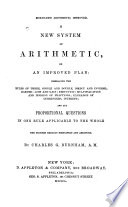 | Charles Guilford Burnham - 1850 - 350 pages
...238. — When the extremes and number of terms are given, to find the common difference, we have this RULE. Divide the difference of the extremes by the number of terms less 1, and the quotient will be the common difference. 7. If the first term of a series be 3, the last... | |
 | Roswell Chamberlain Smith - Arithmetic - 1850 - 314 pages
...•*- 5= 5 years, the common difference. A. 5 years. 1 1 . Hence, to find the common difference, — Divide the difference of the extremes by the number of terms, less 1, and the quotient will oe the common difference. 12. If the extremes be 3 and 23, and the number... | |
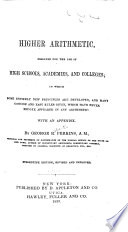 | George Roberts Perkins - Arithmetic - 1850 - 356 pages
...the common difference 1 Ans. \ Case XV. X Given the first term, the last term, and the sum of all the terms, to find the common difference. RULE. Divide the difference of the squares of the last and first term by twice the sum of all the terms, diminished by the sum of the... | |
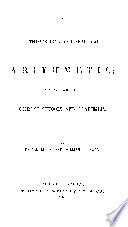 | Daniel Leach - Arithmetic - 1851 - 280 pages
...found. 312. To find the common difference when the two extremes and the number of terms are. known,-— RULE. Divide the difference of the extremes by the number of \ terms , less one , and the quotient will be the common difference. This rule may be represented by the formula,... | |
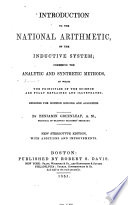 | Benjamin Greenleaf - 1851 - 332 pages
...quotient will be the common difference. Thus, 27 -fr- 9 = 3, the common difference. Hence the following RULE. — Divide the difference of the extremes by the number of terms less one, and the quotient is the common difference. • EXAMPLES FOR PRACTICE. 1. The extremes of a series... | |
 | Arithmetic - 1851 - 260 pages
...and the last, or fifty-second, payment $1236 ? Ans. 32448. NOTE &. —To find the common difference, divide the difference of the extremes by the number of terms, less one. EXAMPLES. 1 The ages of 8 boys form an arithmetical series-— the youngest is 4 years old and... | |
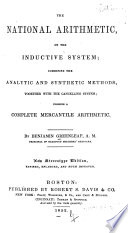 | Benjamin Greenleaf - Arithmetic - 1852 - 380 pages
...the number of common differences, the quotient will be the common difference. Thus 16 -T- 8 = 2 is the common difference. RULE. — Divide the difference of the extremes by the number of term* les« one, and the quottent is the common difference. 1. The extremes are 3 and 45, and the number... | |
| |